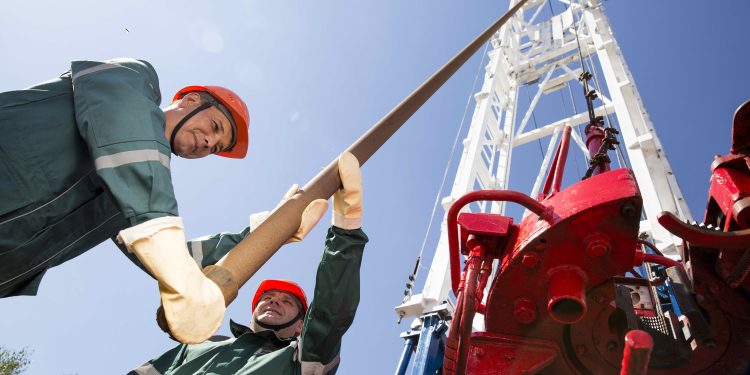A New Way To Revive Wells Has Been Found
Tatneft drills sidetracks on a casing liner without conducting geophysical research.
Today, many of Tatneft’s fields in Tatarstan are at a late stage of development. There are a number of problems associated with this. Among them are the aging of the operating stock, a high degree of depletion of reserves and the retirement of some wells, including for technical reasons. Workover teams cannot always eliminate downhole complications. Such production facilities can only be brought back into operation by drilling sidetracks. At the same time, the costs are comparable to the construction of new wells.
Wells with low flow rate are not economically profitable to repair. The only option remains to reduce the cost of work, writes Neftyanye Vesti (Deputy Head of the Department of Field Development of the Tatneft-Dobycha JV Ruslan FASKHUTDINOV). Therefore, Tatneft has introduced a technology that allows it to maintain the performance of injection wells and improve the condition of development facilities.
The essence of the technology is the refusal to perform geophysical work in an open hole after drilling to the design depth, which was a mandatory process according to traditional technology. This made it possible to implement the technology of drilling sidetracks on a casing liner, followed by its cementation immediately after reaching the design bottom. This is the development of the Bugulma Institute “TatNIPIneft”.
Then geophysical research (radioactive logging and inclinometry) is carried out in the lowered liner. This is sufficient to identify layers and determine perforation intervals. This makes it possible to speed up drilling and sidetrack casing by eliminating geophysical surveys in the open hole and working out the hole before running the liner. This allows you to avoid complications associated with loss of stability of the well walls.
Geological and technical measures (GTM) can be carried out without obtaining geophysical data on the saturation of formations, since in any case they are developed for injection. The higher the probability of saturation of the opened reservoirs with injected water, since the displacement of the face from the old one is insignificant.
A new method for reconstructing inactive wells allows for faster repairs by drilling a sidetrack on a casing liner. This method was tested in seven wells of the Romashkinskoye and Tat-Kandyzskoye fields. Seven sidetracks were successfully drilled on the liner. The eighth shaft is planned to be drilled in April.
The new method, among other things, was tested at the well of the Berezovsky section of the Romashkinskoye field. The remaining oil reserves at the site are being developed through sidetracks. This allows previously undrained zones of the reservoir to be involved. To maintain reservoir pressure in the area of this well, injection was restored by drilling a sidetrack on a casing liner. This will improve the efficiency of facility development.
Wider replication of the technology is planned for 2025. Today the potential stock is 90 wells, and it is constantly being replenished.











